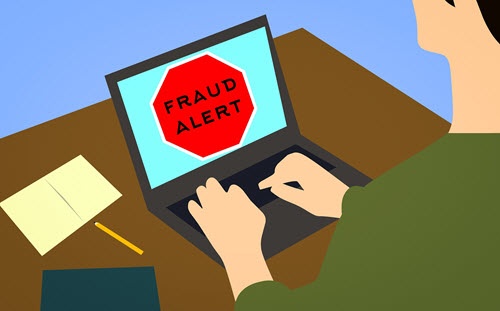This is the fourth (and last) in a series of four blogs about sales leads, marketing and sales metrics, and proverbs.

The phrase, "don’t look a gift horse in the mouth” originates in St. Jerome’s commentary (400 AD) on Paul’s letter to the Ephesians. In Latin the proverb is “Noli equi dentes inspicere donati” (never inspect the teeth of a given horse). As horses grow old they grow more teeth and their existing teeth begin to change shape and project further forward. The phrase “long in the tooth” comes from the same origins. In essence, the proverb warns that you should not inspect the mouth of the horse that has just been given to you because it is thought to be rude and unnecessary (at least at the time the gift is given).
Over the past several weeks I have written about:
- How too much time and attention is being focused on inbound marketing at the expense of outbound marketing and how that focus leads to smaller deals with lower level decision-makers.
- Why it is important to nurture qualified companies that do not represent immediate opportunity—a step missed by many if not most companies leading to wasted marketing spend.
- How multi-touch, multi-media, multi-cycle processes multiply results.
This time we are going to talk about how sales reps look a gift horse in the mouth, why and what to do about it.
According to SiriusDecisions, average companies close just 2.89 deals per thousand inquiries while best in class companies close over 14 deals per thousand. Best in class companies close more deals because their teams spend more time trying to qualify opportunities into the pipeline rather than trying to qualify as many as they can out. That is looking a gift horse in the mouth. Here are some common mistakes:
- Following up on a lead by placing one telephone call or sending one email and assuming that the lead must not have been qualified if you don’t hear back from the prospect (even highly qualified leads require UP TO twelve follow-ups over a period of time).
- Allowing leads to die in lead purgatory rather than sending them back to marketing for additional qualification and/or nurturing.
- Making assumptions that lead to starting the sales process at what I call “Step 5” rather than at the appropriate step. Here are the steps with some comments:
|
You can read more about moving your organization from Chaos to Kickass in this article.
If you don’t make some changes, you might find yourself on the south end of a north bound horse.
The definition of a proverb is: a short and expressive saying in common use, which is recognized as conveying some accepted truth or useful advice. If you want to read more about proverbs and their origins, click here.
| B2B Sales Lead Management, Marketing and Sales Metrics, and Proverbs—The Four-Part series: Part 1: B2B Lead Generation: Are You Killing the Golden Goose? Part 2: B2B Sales Lead Management: A Bird in Hand is Worth Two in the Bush Part 3: Lead Generation: A Watched Pot Never Boils This blog is Part 4: Sales Leads: Don't Look a Gift Horse in the Mouth |
By Dan McDade
Topics: Lead Generation, Sales Leads





